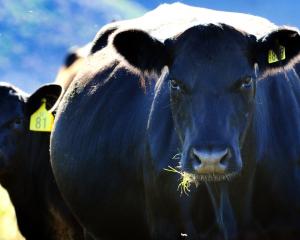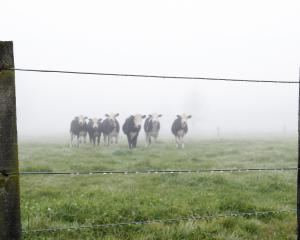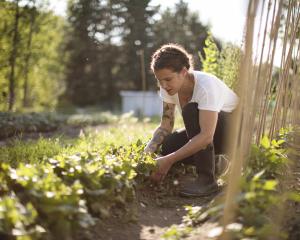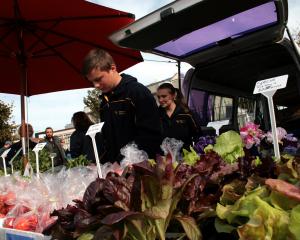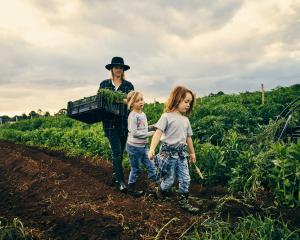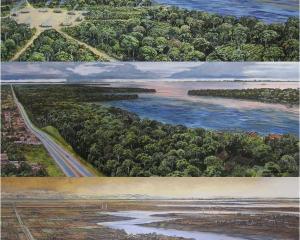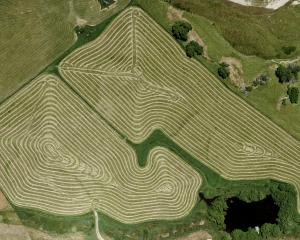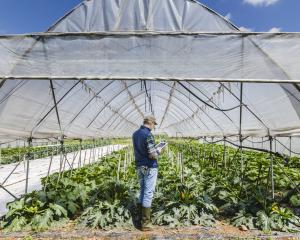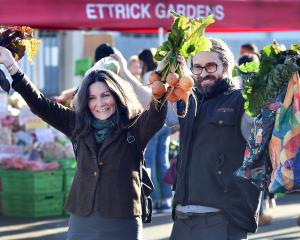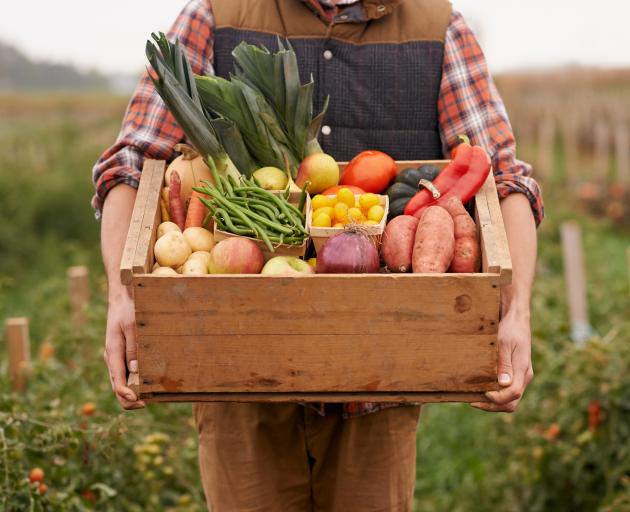
The food crops of tomorrow will need a new crop of growers to produce them, writes Sean Connelly.

If you are asked to picture a New Zealand farm, what jumps to mind? Is it a dairy farm or a sheep and beef farm? Perhaps an apple or kiwifruit orchard? Given our agricultural history, the important part that these agricultural sectors play in our export economy and how common they are across the landscape, this perception of what a farm is should not be surprising. When we hear about farming and agriculture in the media, it is often with reference to the rise and fall of global dairy prices, meat or fruit. These commodities certainly account for the vast majority of farms and agricultural activity in terms of numbers, area, jobs and money.
However, if we are interested in local food systems, raising awareness about food (where it comes from, how it is produced and understanding the environmental impacts) and supporting local producers and farmers markets, we also need to pay attention to those smaller sectors of agriculture that are perhaps less visible, particularly our market gardeners and vegetable growers.
According to the 2012 agricultural census, there were 1149 vegetable growers in New Zealand, representing just under 2% of all farms. The vast majority of these farms were under five hectares in size. This includes farms that are growing vegetables for export and for domestic markets.
In Otago, there were 3681 farms in total, sheep farming the largest group with 1323 farms. Only 36 were identified as vegetable growers. Those 36 farms account for just over 333ha of land outdoors and 1.45ha indoors.
At a more local level, within the boundaries of the Dunedin City Council, there are more than 285,000ha of land used for agricultural purposes, of which 254,000ha are used for grassland, grazing or fodder crops. The land used for fruit and vegetable production is so low that it cannot be reported for confidentiality reasons.
The agricultural census obviously does not account for everyone and likely under-represents those growers of food for local markets. However, the overall picture of agriculture in New Zealand raises some important questions.At a time when awareness about food and its impact on health, wellbeing, local economies and the environment are increasing and demand for local food is on the rise, where will this food come from? Who will produce it? Those 36 vegetable farms in Otago become critically important. How do we ensure their continued viability? What happens when they want to retire? How do we support the next generation of growers?
New Zealand is not alone in experiencing trends towards an ageing population of farmers, growth in the size of farms and a decrease in the number of farms. But these trends are not set in stone. They can change.
In Canada, for example, similar trends exist. But the recently released agricultural census indicates that for the first time in a generation, there is an increase in the number of farmers under the age of 35. The percentage of women farmers is increasing. The number of farms under 4ha in size is increasing. One in eight farmers sells direct to consumers. Reports indicate that the majority of new farmers have no agricultural background in their family and that their motivation for entering agriculture stems from moral and ecological grounds and an interest in growing food for local markets, in or adjacent to cities.
This burgeoning back to the land movement signals the potential transformation of farming, farms and farmers in response to increased awareness and desire for a more sustainable food system that includes urban agriculture and local food.
How might we support such a shift to preserve and expand our market growers in Otago? Models exist, including community supported agriculture, incubator farms, mentorship programmes and rent-to-own programmes underwritten by government to improve access to land, training, expertise and customers.
But we also need to shift the view that growing vegetables is a recreational activity. To grow on a scale to feed others is highly skilled and hard work and it needs to be valued as such. We can’t expect community gardens and backyard gardens to be the future of agriculture and local food production in New Zealand.
We all need to invest in and support a new generation of agriculturalists that are keen to produce food as a viable enterprise. Where will tomorrow’s farmers come from? Where will they farm? What will they farm? How will they farm?
The answers to these questions will require all of us interested in local food to experiment with different models of land ownership, different models of buying and selling and different models of farming. Doing so might create space for our vision of the future of farming in New Zealand to include urban agriculture and market gardens alongside the mainstays of sheep, beef and dairy farms.
- Sean Connelly is a senior lecturer in the University of Otago Department of Geography. Each week in this column, one of a panel of writers addresses issues of sustainability.


